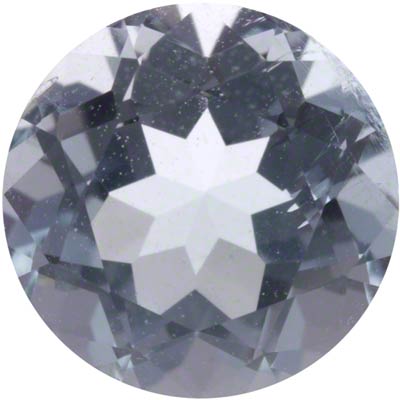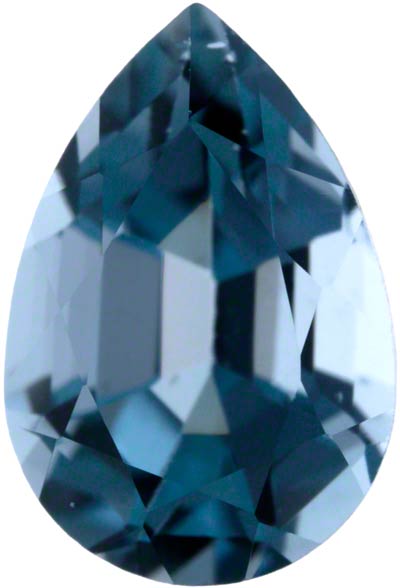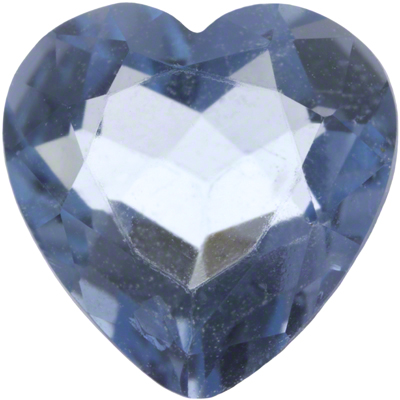| The Very Highest Quality Gemstone Information... |
| Aquamarine |

| ||||
|
| 
|
| 
|
|
Varieties
Aquamarine is the sky blue or sea blue variety of beryl, sometimes it is sea green, and less desirable.
The word aquamarine literally means seawater, and is very frequently shortened to aqua.
The varieties of beryl and their colours are as follows:
| Colour | Gemstone |
| Grass green | Emerald |
| Sea blue | Aquamarine |
| Yellow | Heliodor or Golden Beryl |
| Pink | Morganite |
| Colourless | Goshenite |
| Violet | Beryl |
| Blue | Beryl |
| Pale Green | Beryl |
All the stones listed in the above table are different varieties of beryl, and share many characteristics.
While all aquamarines are beryl, not all beryls are aquamarines.
Colouration
The colour of aquamarine is due to the presence of traces of iron present as an impurity in the crystal structure of beryl.
Heat Treatment
As with many gemstones, the colour of aquamarine has almost always been improved by treatment of some kind. Heat treatment is used for aquamarines, to turn greenish, yellow or brown stones into a beautiful blue. The stones are heated to about 400 to 450 degrees Celsius, and the colour change is permanent.
Colour Saturation & Size
Even the best aquamarines are fairly pale compared with other gemstones such as sapphire. Large stones benefit from the effects of colour saturation, and as aquamarine, unlike emerald, tends to form quite large clear crystals, this means that large aquamarines are relatively easy to find, and the price does not rise so steeply with size as it does with many other stones.
It also means that small stones often lack colour intensity and are therefore not as attractive. Small aquamarines with good colour are therefore harder to obtain, and relatively expensive for their appearance. For small stones it may be preferable to use Ceylon sapphire instead.
Hardness
Aquamarine is quite hard, having a hardness of 71/2 to 8 on Moh's scale, compared with 10 for diamond, 9 for corundum, and 8 for topaz. Hardness is generally a desirable feature is gemstones.
Prices
The price range of aquamarine is very large, ranging from a few pounds per carat.
Cleaning
Aquamarine jewellery can be carefully cleaned using warm soapy water, or detergent, rinse thoroughly afterwards as detergents can cause dermatitis and allergic reactions. Enzyme cleaners should be avoided for the same reasons. Brushing with an old tooth brush to remove dirt and grease will also help. Cleaning agents containing chlorine may have a detrimental effect on low carat gold alloys, so are best avoided.
We stress that reasonable care should be taken when cleaning emeralds, as washing with strong detergents could cause any oil to be diluted or removed, requiring the stone to be re-oiled.
Aquamarines do not like excessive heat, and although they can tolerate temperatures above 100c (the boiling point of water), it is advisable to use warm water rather than hot water, to reduce the dangers of thermal shock.
It is not advisable to clean aquamarine in an ultrasonic tank. We sometimes risk it with our own stock, but we would never clean a large or valuable aquamarine which did not belong to us, in an ultrasonic machine.
Repair Work
Because of aquamarines sensitivity to high temperatures and rapid temperature change, it is somewhat risky to carry out soldering close to aquamarines when carrying out jewellery repairs. It is possible for aquamarines to be coated with borax, or proprietary heat-shielding material while carrying soldering work on the jewellery in which they are set, but this must be done carefully, and if the aquamarines are large or of very high quality, it is better to unset them before carrying out repair work involving heat. Naturally this itself carries some degree of risk. For this reason, it is best to treat aquamarine jewellery with greater care and respect than for tougher stones such as diamond, sapphire or ruby.
The mounts should be of good quality alloy such as eighteen carat gold or platinum, not nine carat.
Expect to pay more for repair work on aquamarine jewellery than for similar work on other stones.
Technical Data
| Chemical Composition and Name | Be3Al2(SiO3)6 - Beryllium Aluminium Silicate |
| Hardness | 7.5 to 8 |
| Refractive Index | 1.570 - 1.575 to 1.580 to 1.586 |
| Specific Gravity | 2.68 to 2.73 |
| Birefringence | 0.005 to 0.006 |
| Crystalline System | Hexagonal |
| Optic Sign | Negative |
| Other Optical Properties | Uniaxial |
| Gemstone | Weight | Shape | Size & Description | Available | Price £ | Price $ |
| Aquamarine | 0.69 | Heart | 6x6 | Yes | £35.00 | $Ask |
| Aquamarine | 1.51 | Round | 6.0 | Yes | £81.00 | $Ask |
| Aquamarine | 0.48 | Pear | 6x4 | Yes | £48.00 | $Ask |
| ...at the Lowest Possible Price |
|
32 - 36 Harrowside, Blackpool, Lancashire, FY4 1RJ, England. Telephone (44) - (0) 1253 - 343081 ; Fax 408058; E-mail: The URL for our main page is: https://24carat.co.uk | Chard(1964) Ltd |